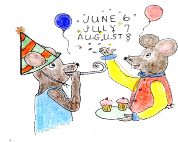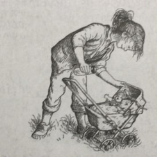0 136177 136185 136191 136195 136201 136203 136207 136213 136215 136221 136227 136231 136233 136237 136243 136245 136251 136255 136257 136261 136263 136267 136269 136271 136272 136273 136275 136276 136277 136279 136281 136285 136287 136291 136293 136297 136303 136305 136311 136315 136317 136321 136327 136333 136335 136341 136345 136347 136353 136357 136363 136371 159627

